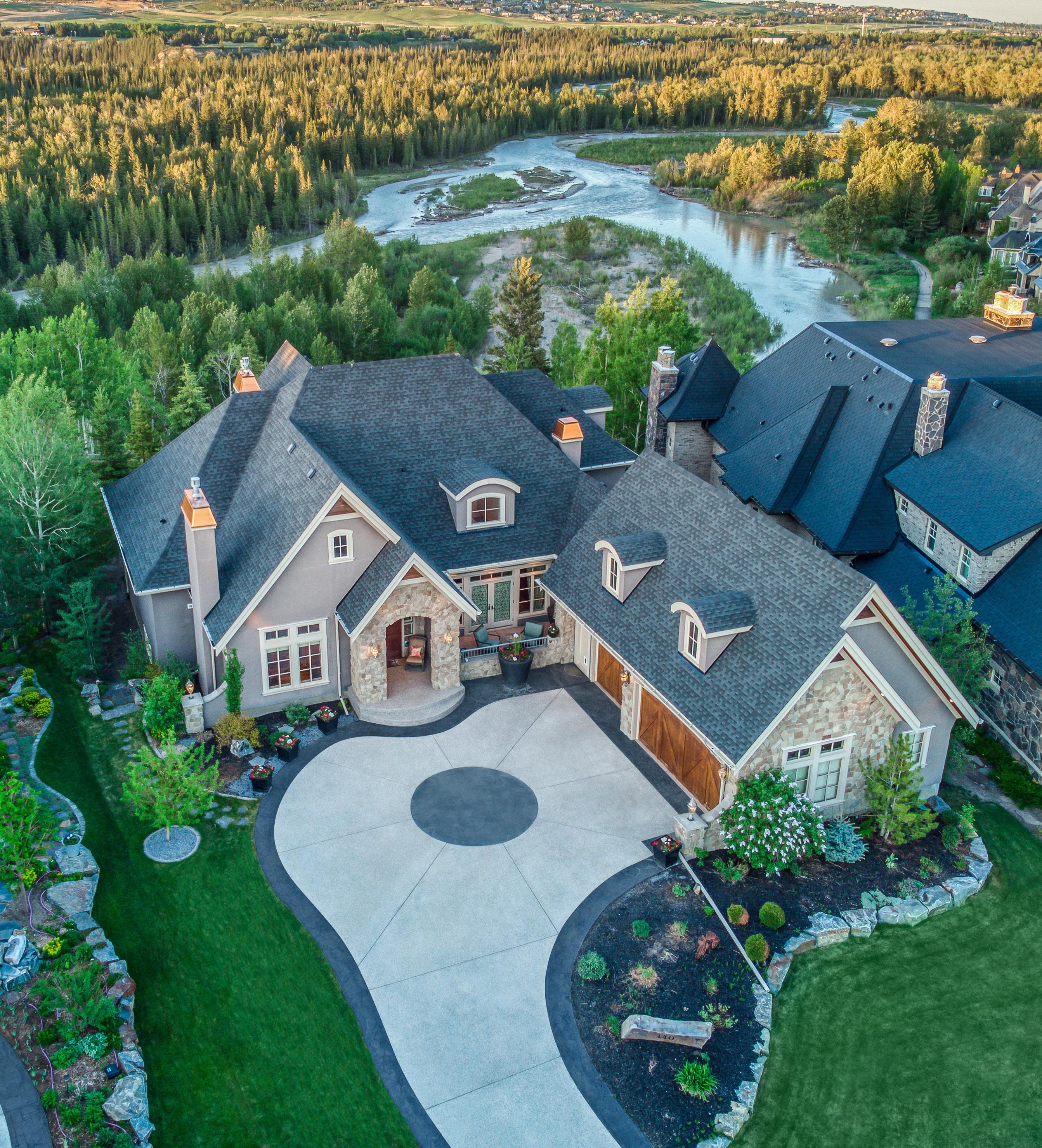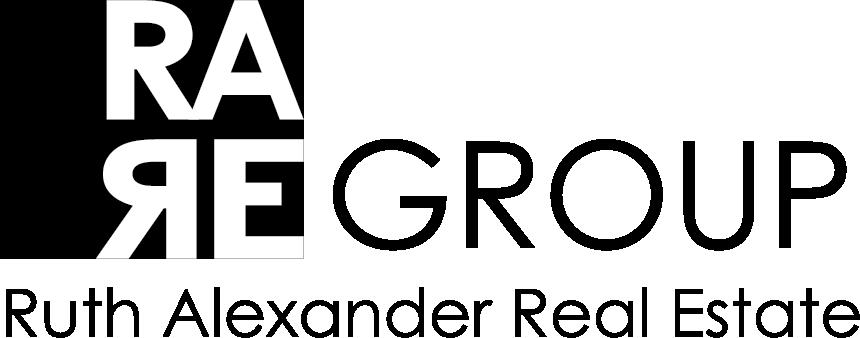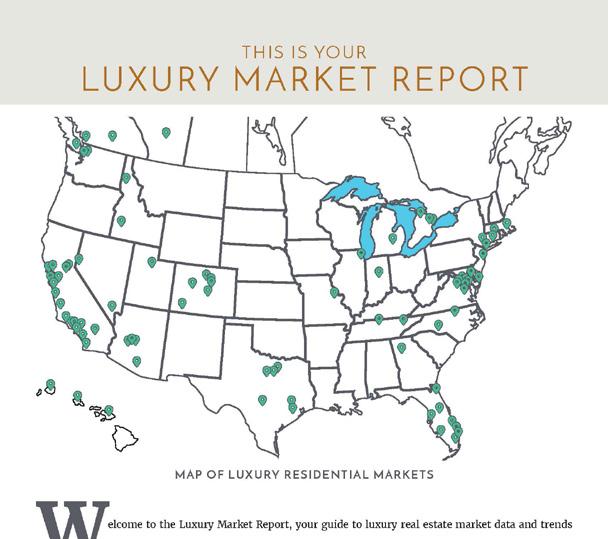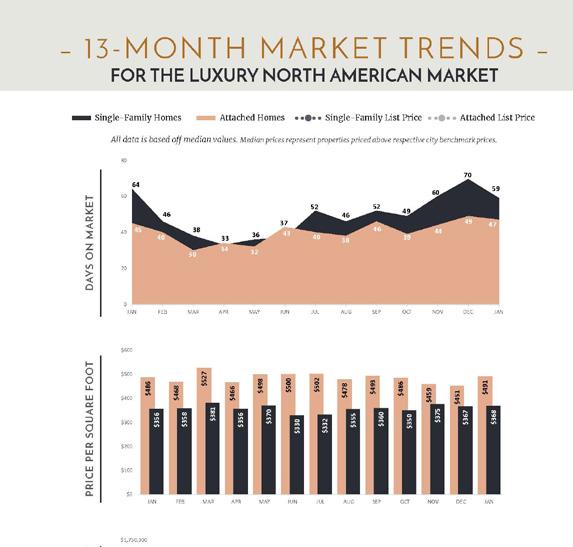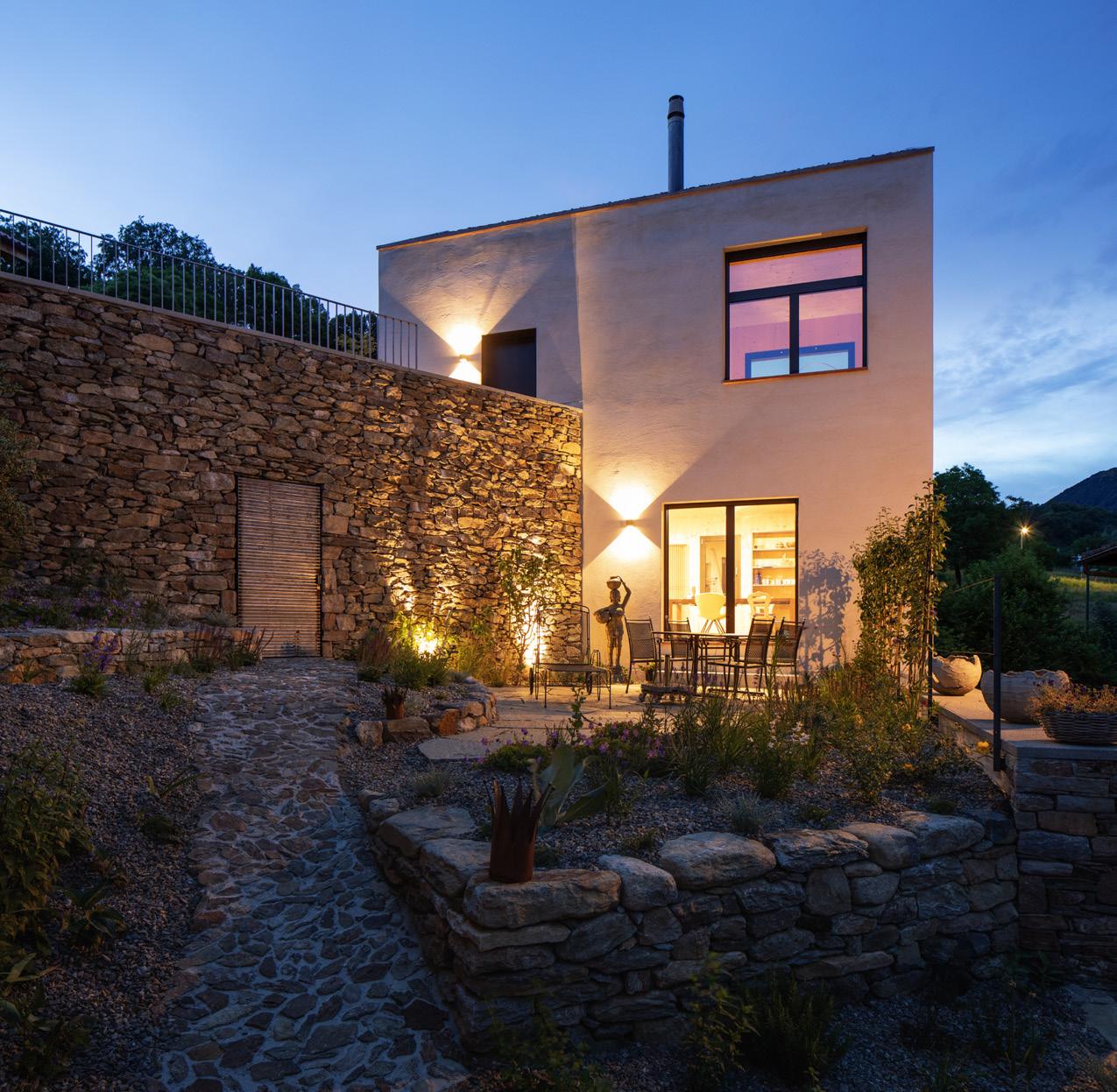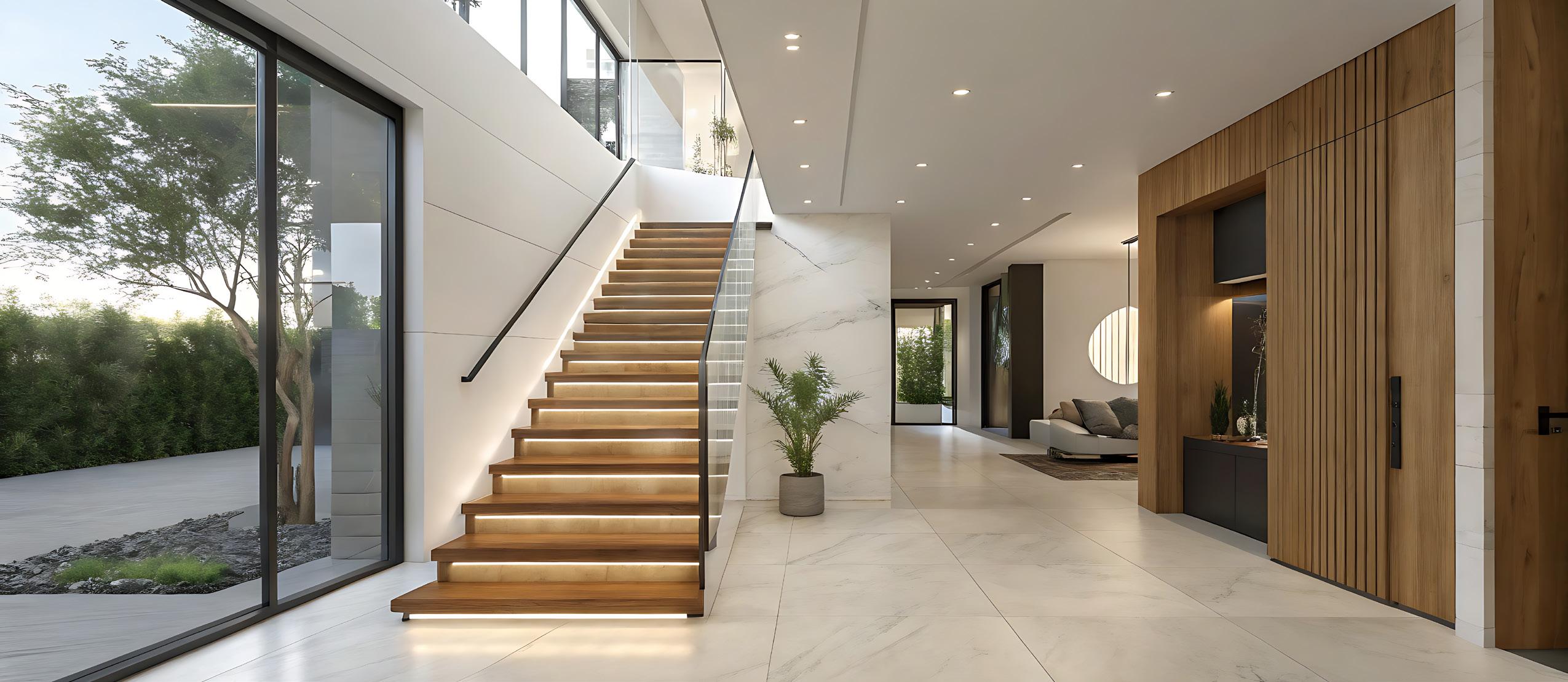RARE GROUP LUXURY MARKET REPORT
CALGARY | OCTOBER 2025
RARE GROUP
Licensed Real Estate Advisors
REAL Broker, Luxury Division
Certified Luxury Home Marketing Specialist
TOP RANKED SOCIAL MEDIA AGENT in Alberta
403.969.0109
Ruth@RAREGroup.ca RAREGroup.ca
RARE GROUP is known for marketing Calgary’s most elegant and luxury properties while bringing a personalized and proven approach to the art of buying and selling real estate at all price points.
With an unparalleled passion and dedication for real estate, RARE GROUP is a dynamic group of real estate professionals who believe strongly in delivering premium client service, luxurious marketing, and above all, results. Each bring an unwavering focus to educating and guiding clients as they navigate Calgary’s ever changing market. Their open and frequent communication style brings a high standard of excellence to the real estate world.
Ruth Alexander, Founder of RARE Group, has led this hard working team to over $100 million in closed transactions in a relatively short period of time and has the distinction of being ranked among the top 1% of REAL Broker, Luxury Division real estate agents nationally. Ruth and her esteemed Group share the same core values in striving for excellence and always keeping client’s needs as top priority.
As the real estate market evolves, so do the strategies RARE Group uses to market our listings. We are leaders the industry in digital, web and social media marketing which enables us to consistently reach high-end buyers locally, nationally and globally.
Whether working with first time home buyers or luxury home sellers — RARE Group treats every property and client with equal high levels of respect, collaboration, communication, and service, providing all the information, education, and guidance needed to make informed decisions. Our innovative strategies and passion for client service have led to record sales in Calgary, and lifelong client relationships.
RARE Group is more than a team, we are a family. We share the same work ethic, vision, passion and drive for excellence. Looking forward to working with our clients in 2023 and beyond.
PAGE 4-7
PAGE 8
PAGE 9
PAGE 10
PAGE 11-14
PAGE 15
PAGE 16
PAGE 17-21
PAGE 22
NORTH AMERICAN LUXURY MARKET REVIEW
13-MONTH MARKET TRENDS
SINGLE-FAMILY HOMES MONTHLY OVERVIEW
ATTACHED HOMES MONTHLY OVERVIEW
MONTHLY STATISTICS BY CITY
LUXURY REPORT EXPLAINED
WELCOME MESSAGE
LOCAL LUXURY MARKET REVIEW
THANK YOU
THE LUXURY REAL ESTATE MARKET
ENTERS A NEW PHASE OF BALANCE AND MATURITY
After several years defined by sharp financial swings, shifting capital flows, and evolving buyer expectations, the North American luxury real estate market continues to settle into a more stable rhythm. According to the Institute’s data for September 2025, the results point to a market that is neither cooling dramatically nor accelerating uncontrollably but instead evolving into one characterized by moderation and discernment, although there are clear regional differences.
The numbers reveal both progress and adjustment: rising sales despite larger inventories, modest price appreciation, and a return to more traditional market pacing. Taken together, these shifts signal a luxury sector that continues to mature, with fundamentals, not volatility, driving performance.
SINGLE-FAMILY LUXURY: GROWTH THROUGH STABILIZATION
Overall inventory in September rose by just under 14%, and new listings by 10.2% compared to September 2024. Sales increased by 15.2%, reflecting sustained buyer engagement even as options expand. The median sold price rose by 2.9%, while the median list price increased only 0.8%, underscoring a market where sellers are pricing more realistically and buyers are acting decisively on homes that meet high standards of value and lifestyle.
These dynamics point to a market that is now characterized by value-based negotiation. The luxury buyer of late 2025 is not chasing price spikes, they are prioritizing quality, location, design, and long-term stability. They are also factoring in broader economic influences such as interest rate adjustments, equity market performance, and global investment trends.
The last few months have seen a decline in the overall level of luxury inventory - falling by 8.0% since June, when it was at its highest. By comparison, in 2024, inventory increased by nearly 1% over the same four-month period. In correlation, the number of sold properties per month has also declined month
over month since June by 23.8% - putting this into perspective, the same period in 2024 saw a steeper 26.5% decline.
Overall, the number of luxury homes sold in 2025, as of the end of the third quarter, has exceeded 2024 levels by 4.9%. Thereby giving a clear indication that demand remains comparatively stronger this year, despite the more measured pace of recent months.
ATTACHED LUXURY PROPERTIES:
QUIET STRENGTH AMID ADJUSTMENT
Overall inventory in September rose by 10.2% and new listings by 5.9% compared to September 2024. Sales increased by 14.6%, which is a substantial improvement given that the previous three months had each seen declines compared to their corresponding periods in 2024. The median sold price saw a 3.46% increase, while the median list price only increased by 0.1%, indicating that buyers remain willing to pay for well-positioned properties and are responding to competitive pricing.
This segment reached its greatest volume of available inventory in May 2025, but since then numbers have declined monthly and are now 7.3% lower as of the end of September. In contrast, in 2024, inventory rose nearly 1% during the same months. Similarly, the number of sold properties per month has declined month over month since May, with sales approximately 16.4% lower than in May, whereas in 2024 the decline was more pronounced at 23.4%.
Overall, as of the end of the third quarter, the total number of sold attached luxury properties in 2025 has declined by 4.3% compared to the previous year. This indicates that while this segment is stabilizing, it remains slightly more sensitive to pricing and inventory shifts than the luxury single-family market.
INSIGHTS: A MARKET IN TRANSITION, NOT IN DECLINE
While these figures show current trends, it is important to view them within the broader context of the last several years. The market has been shaped not by internal over-correction but by external economic, financial, and global pressures from interest rate fluctuations and inflationary cycles to shifts in global wealth allocation and investment behavior.
Given the continued increase in overall inventory, it would be misleading to interpret the recent monthto-month declines as negative. Rather, these movements reflect a market that is leveling out. Despite external economic challenges, 2025’s data shows that luxury real estate has performed comparatively better than in 2024. The luxury sector remains in a cautious “wait-and-see” mode, but one that aligns with more traditional, sustainable expectations for growth and stability.
The Institute’s data underscores a critical narrative: month-to-month slowdowns in 2025 represent a recalibration, not a reversal. In many ways, the market is entering a phase of balance, where supply and demand are approaching parity and price movements are governed by fundamentals rather than sentiment. Buyers and sellers alike are adjusting expectations, price growth is moderating but not reversing, and overall confidence is stabilizing on stronger financial footing.
REGIONAL DISTINCTIONS: THE RETURN OF LOCAL DYNAMICS
One of the most significant findings from the Institute’s data is how geographically distinct the luxury landscape has become. Broader national trends now conceal sharp local variations driven by regional economies, employment patterns, tax policy, and even international capital flows.
Across the United States, some of the strongest luxury markets in September were in California, Connecticut, Illinois, Maryland, Michigan, Minnesota, North Carolina, New Jersey, Ohio, and Virginia - all currently classified as seller’s markets. These areas continue to see tight inventory, strong absorption rates, and even competitive offers.
Meanwhile, much of the Sun Belt and Mountain West - including Arizona, Colorado, Florida, Georgia, Idaho and Texas – as well as Hawaii and Washington have transitioned toward balanced or buyer’s markets. This shift reflects both an easing of speculative demand and a normalization of supply following years of strong migration and luxury development.
In Canada, Alberta remains a strong seller’s market, supported by economic diversification and competitive pricing relative to global peers. Conversely, British Columbia and Ontario show signs of softening, particularly in urban condo markets where international demand has moderated due to global capital shifts and regulatory tightening.
The takeaway is clear: luxury real estate is once again a localized business, where understanding regional data and economic undercurrents is key to navigating opportunity.
BROADER FORCES SHAPING THE MARKET
Several powerful forces are influencing the trajectory of luxury housing across North America: most notably interest rates, capital markets, global wealth trends, and lifestyle reprioritization.
The recent rate cuts by the Federal Reserve – the first in over a year - and the Bank of Canada have begun to subtly shift market sentiment. Mortgage rates, though still high by historical standards, are now at their lowest levels of 2025. For ultra-high-net-worth buyers, the impact is largely psychological
but nonetheless significant. Improved liquidity, stronger equity markets, and the expectation of a more supportive monetary environment heading into 2026 are fueling a confidence-led revival, where sentiment is driving renewed transaction activity.
Luxury real estate continues to be shaped by global wealth migration. Shifts in tax regimes, geopolitical uncertainty, and currency performance are influencing where affluent individuals choose to allocate capital. For instance, in the U.S., particularly coastal and traditional luxury markets remain attractive for both domestic and international wealth, supporting steady demand.
Buyers are increasingly prioritizing intrinsic value - seeking properties that combine design excellence, privacy, sustainability, and technological integration. The Institute’s data, showing slower growth in list prices but steady gains in sold prices, reflects a mindset where buyers will pay for quality, but only when justified by fundamentals.
Ongoing labor shortages and elevated material costs continue to limit new luxury construction. As a result, established properties in prime locations are retaining value and often commanding premiums, especially when turnkey and move-in ready.
THE OUTLOOK: CAUTIOUS OPTIMISM FOR 2026
In essence, the luxury real estate market of late 2025 is defined not by volatility but by maturity. Rising inventories, steady sales, and modest price appreciation point to a sector that is resilient, data-aware, and globally connected.
Looking ahead, the luxury real estate market appears poised for measured expansion rather than speculative growth. If interest rates continue to soften into early 2026, the combination of renewed confidence, balanced supply, and pent-up demand could translate into stronger transaction volumes.
For real estate professionals, this environment rewards expertise grounded in economic literacy and local understanding. The next phase of luxury real estate will not be shaped by speculation, but by informed strategy, long-term thinking, and confidence built on fundamentals.
– LUXURY REPORT EXPLAINED –
The Institute for Luxury Home Marketing has analyzed a number of metrics — including sales prices, sales volumes, number of sales, sales-price-to-list-price ratios, days on market and price-per-squarefoot – to provide you a comprehensive North American Luxury Market report.
Additionally, we have further examined all of the individual luxury markets to provide both an overview and an in-depth analysis - including, where data is sufficient, a breakdown by luxury singlefamily homes and luxury attached homes.
It is our intention to include additional luxury markets on a continual basis. If your market is not featured, please contact us so we can implement the necessary qualification process. More in-depth reports on the luxury communities in your market are available as well.
Looking through this report, you will notice three distinct market statuses, Buyer's Market, Seller's Market, and Balanced Market. A Buyer's Market indicates that buyers have greater control over the price point. This market type is demonstrated by a substantial number of homes on the market and few sales, suggesting demand for residential properties is slow for that market and/or price point.
By contrast, a Seller's Market gives sellers greater control over the price point. Typically, this means there are few homes on the market and a generous demand, causing competition between buyers who ultimately drive sales prices higher.
A Balanced Market indicates that neither the buyers nor the sellers control the price point at which that property will sell and that there is neither a glut nor a lack of inventory. Typically, this type of market sees a stabilization of both the list and sold price, the length of time the property is on the market as well as the expectancy amongst homeowners in their respective communities – so long as their home is priced in accordance with the current market value.
